Retro Replay Review
Gameplay
Disney’s Ready for Math With Pooh invites young learners to explore a whimsical garden in the Hundred Acre Wood by guiding Pooh and his friends through a series of math-focused mini-games. From the moment Pooh floats down and lands in an empty plot, the player chooses one of three paths on a friendly wheelbarrow, leading to encounters with Piglet, Owl, Tigger, Eeyore, Roo or Pooh himself. Each character hosts an activity that challenges counting, sequencing, addition, subtraction, and classification skills at three adjustable difficulty levels.
Interaction is simplicity itself: a bumblebee cursor flutters over any hotspot, click-and-drag mechanics come to life with “click-and-stick” precision, and helpful animations confirm successful moves. Whether you’re matching picture groups at the Wishing Well, feeding Tigger’s Contraptions in numerical order, or tracing faded calendar numbers with Eeyore, the intuitive point-and-click interface keeps children engaged without frustration.
The diversity of mini-games keeps the experience fresh. In Rabbit’s Rain Dance, players follow picture sequences to summon imaginary raindrops; Bug Collecting lets them sort by color and compare quantities; Piglet’s Cupcake Kitchen combines counting and selecting the right sprinkle shaker; and Pooh’s Pantry tasks them with sorting fruits and vegetables into numbered jars. Each activity reinforces core concepts while feeling like pure play.
Progress is rewarded generously. Gopher delivers garden seeds and decorative items, which children can plant, water, and click to see lively animations. Printable rewards—such as a Bug Collecting Certificate or a number banner from Pooh’s Pantry—extend the learning beyond the screen. Notes from each character appear on the fence, read aloud when clicked, adding a layer of storytelling that ties the math exercises back to the beloved Pooh universe.
Graphics
Visually, the game captures the hand-drawn charm of A.A. Milne’s original illustrations, translated into bright, cartoon-style computer art. The Hundred Acre Wood garden starts barren but flourishes with each new seed or decoration, providing immediate visual feedback that delights young players. Characters are rendered with big, expressive eyes and friendly gestures, making every interaction feel warm and inviting.
Background scenes are full of soft gradients and textured brush strokes, giving the impression of watercolor pages come to life. As players navigate from Piglet’s burrow to Tigger’s contraption workshop, each area boasts unique color palettes and thematic details—fallen leaves, bouncing poles, or blossoming flowers—that reinforce the game’s narrative progression.
Animations are simple but effective. The bumblebee cursor flutters with just the right amount of anticipation; objects snap into place with a satisfying wiggle; garden decorations react when clicked. Character voices announce tasks and read notes from the fence, integrating audio cues with visual feedback for a multisensory learning environment.
Story
Though the primary focus of Disney’s Ready for Math With Pooh is educational, there’s an underlying story thread that motivates each lesson. After floating down to launch his garden, Pooh relies on friends to help him cultivate the space. Each mini-game represents a friendly visit, complete with the character’s personality shining through math challenges that align with their interests—Owl’s wisdom, Tigger’s playful counting, and Eeyore’s patient tracing.
The garden itself acts as a living storyboard. With every prize Gopher plants or decorates, the landscape transforms, symbolizing the player’s growing confidence in numbers. Notes tacked to the fence—scribbled by Pooh, Piglet, or Rabbit—offer short, sweet narratives, read aloud by the characters. This lighthearted correspondence maintains a sense of continuity and encourages children to return for the next message.
By blending educational tasks into the Hundred Acre Wood’s gentle world, the game turns routine practice into a mini-adventure. Characters never break immersion; they cheer successes, gently guide mistakes, and celebrate achievements with lively animations. The narrative may be simple, but it’s effective at framing math exercises as part of a larger tale of friendship and growth.
Overall Experience
Disney’s Ready for Math With Pooh delivers a delightful fusion of learning and play, ideal for preschoolers and early elementary students. Its approachable interface, charming visuals, and variety of activities keep kids motivated to practice core math skills without realizing they’re working. The three difficulty levels ensure that players can advance at their own pace or revisit easier challenges as needed.
Parents will appreciate the included guide in the manual, which outlines skill objectives—ordinal numbers, number recognition, patterns, sequencing, greater/less than comparisons, basic addition and subtraction—and ties them to in-game rewards. This transparency makes it easy to track progress and celebrate milestones, whether by planting a new flower or printing a certificate from the Bug Collecting activity.
Replayability is high thanks to the garden’s ongoing transformation and the desire to unlock every decoration and printable reward. Even adults can find joy in clicking the final flourishing blooms or listening to the characters’ cheerful notes. While the game’s pace is unhurried and the graphics simple by today’s standards, its timeless Pooh charm and solid educational design make it a valuable tool for young learners.
For households seeking an engaging and friendly introduction to math concepts, Disney’s Ready for Math With Pooh is a proven choice. It marries the enchanting world of Winnie the Pooh with thoughtfully crafted exercises, ensuring that children associate learning with fun and discovery in the Hundred Acre Wood.
 Retro Replay Retro Replay gaming reviews, news, emulation, geek stuff and more!
Retro Replay Retro Replay gaming reviews, news, emulation, geek stuff and more!
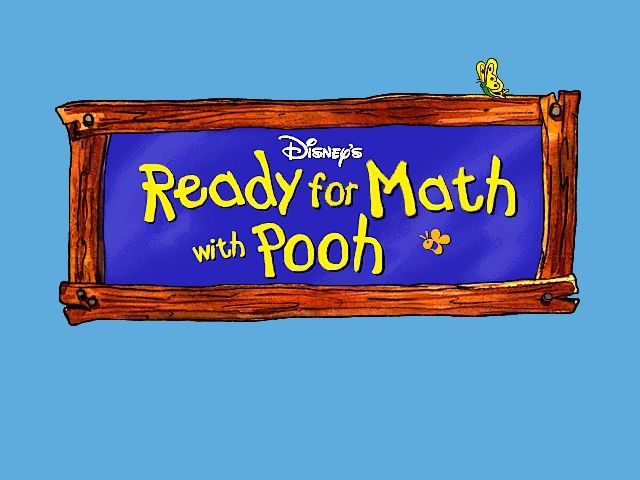
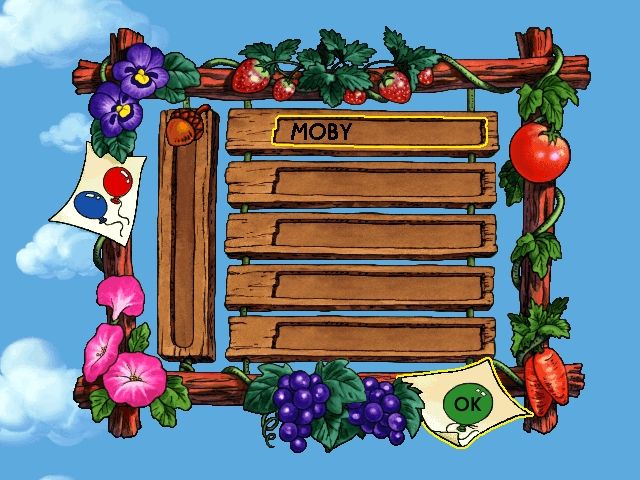
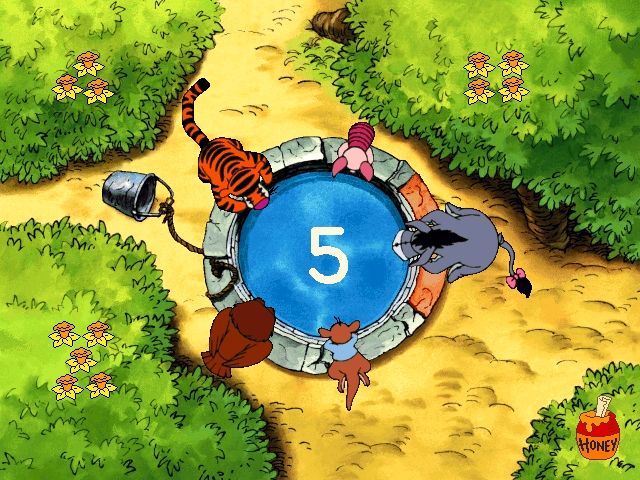

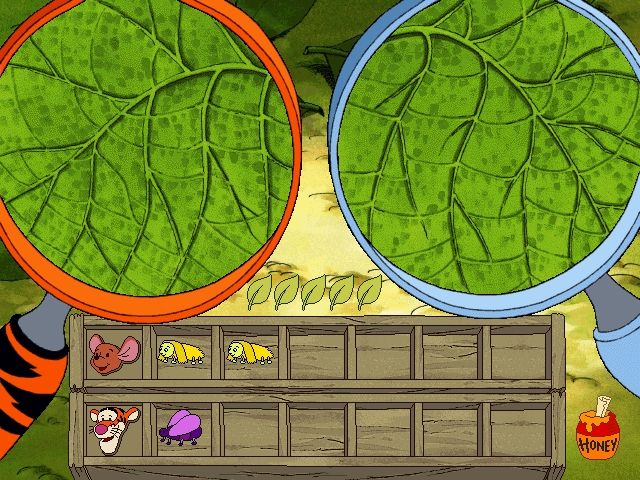
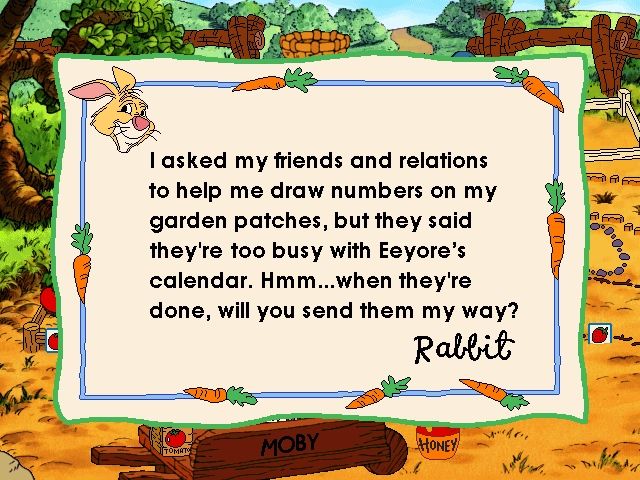



Reviews
There are no reviews yet.